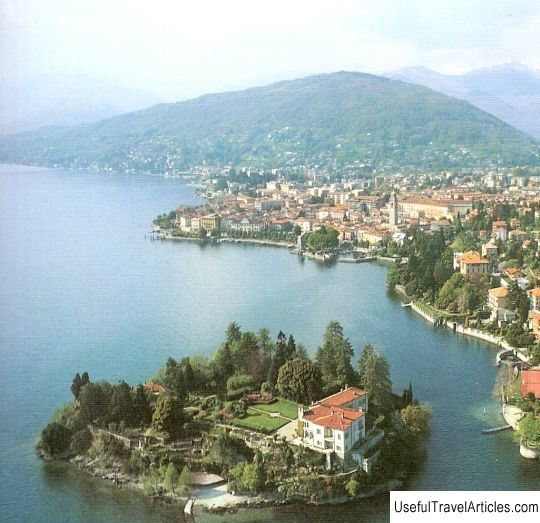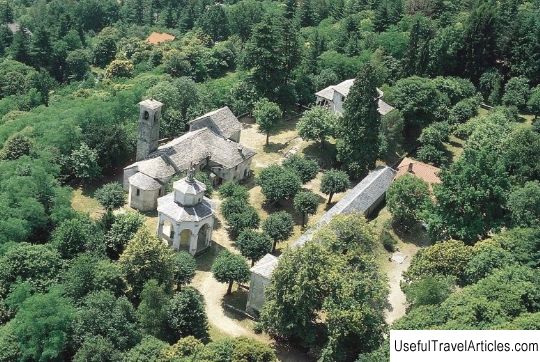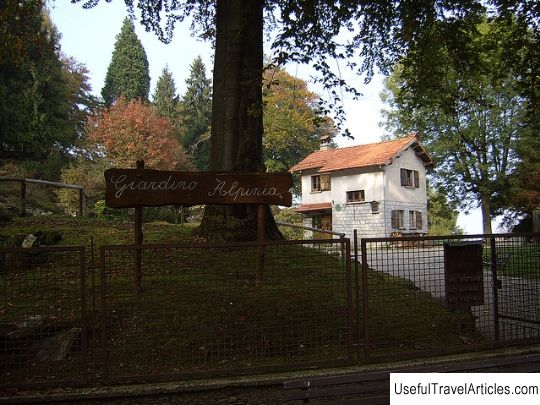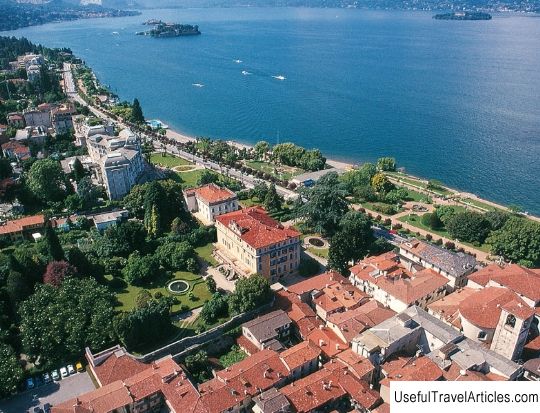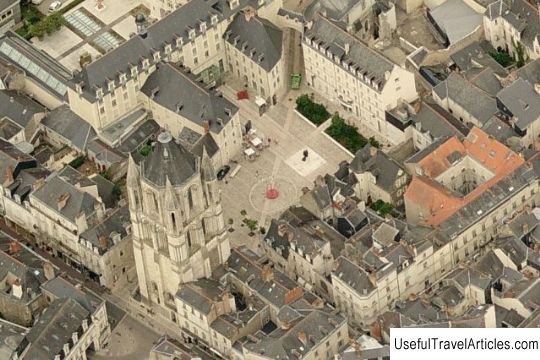Verbania description and photos - Italy: Lake Maggiore
Rating: 8,8/10 (787 votes) 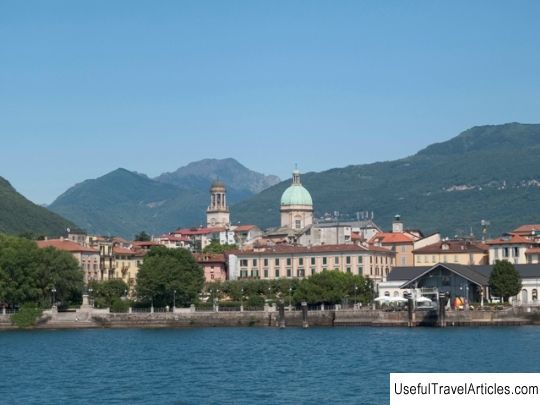
Verbania description and photos - Italy: Lake Maggiore. Detailed information about the attraction. Description, photographs and a map showing the nearest significant objects. The name in English is Verbania. Photo and descriptionVerbania is a resort town located on the shores of Lake Maggiore, 90 km north-west of Milan and 40 km from the Swiss Locarno. The city lies directly opposite another famous resort, Stresa, on the other side of the lake. The distance between them in a straight line is only 3.7 km. Verbania was created in 1939 as a result of the unification of the small settlements of Intra, Pallanza and Suna. Since 1992, it has been the capital of the province of Verbano Cusio Ossola. The main attraction of Verbania is the luxurious Villa Taranto with an equally beautiful Botanical Garden. The garden is spread over an area of 16 hectares on the west bank of the Lago Maggiore in the Pallanza area. It was founded in 1931-1940 by the Scotsman Neil McIcharn, who bought a villa here and neighboring estates, cut down over two thousand trees and undertook a large-scale redevelopment of the local landscape. The botanical garden was opened to the public in 1952, and after the death of McIcharn in 1964, it became the property of a non-profit organization. Today, you can see over 20 thousand different plants planted along hiking trails with a total length of 7 km. Among the specimens of the botanical garden are colorful azaleas, Amazonian victorias, nearly 300 species of dahlias, etc. Also on the territory of the garden there is a small herbarium and the mausoleum of Neil MacIcharn. Villa Taranto is closed to the public - it is owned by the government. Among other attractions of Verbania, it is worth noting the Romanesque chapel of San Remigio, built in the 11-12th centuries and declared a national monument in 1908, the 16th century Madonna di Campania church, also a national monument, the Basilica of San Vittore, dedicated to the patron saint of the city, the Church of San Leonardo with a 65-meter bell tower and other religious buildings. The 16th century Palazzo Dugnani houses the city's Museum of History and Art. Also worth visiting is the medieval village of Unchio, administratively part of Verbania. It lies at the foot of a hill with a wonderful view of Lago Maggiore and Mount Monterosso. Once the hill was occupied by pastures, but today it is almost entirely covered with forest - chestnuts, lindens, birches and pines are found here. At the top of the hill stands a small chapel of the Madonna delle Croce, dating from the early 19th century, and around it, on the stones, there are many cave paintings, the purpose and meaning of which are still controversial among scientists. In Pallanza, an elegant area of Verbania, once an independent settlement, there are several historical and architectural monuments. For example, the Church of Santo Stefano contains ancient Roman marble sacrificial offerings dating from the 1st century AD. The center of Pallanza is lined with ancient streets and squares with graceful buildings adorned with impressive portals, covered galleries and columns. And the Pallanza embankment is considered one of the most beautiful in Lago Maggiore. A must-see in this area is the 19th-century Town Hall with a portico of 32 pink granite columns, Villa Giulia, built in 1847, and Palazzo Bumi Innocenti.            We also recommend reading St. Athanasius Monastery description and photos - Belarus: Brest Topic: Verbania description and photos - Italy: Lake Maggiore. |
